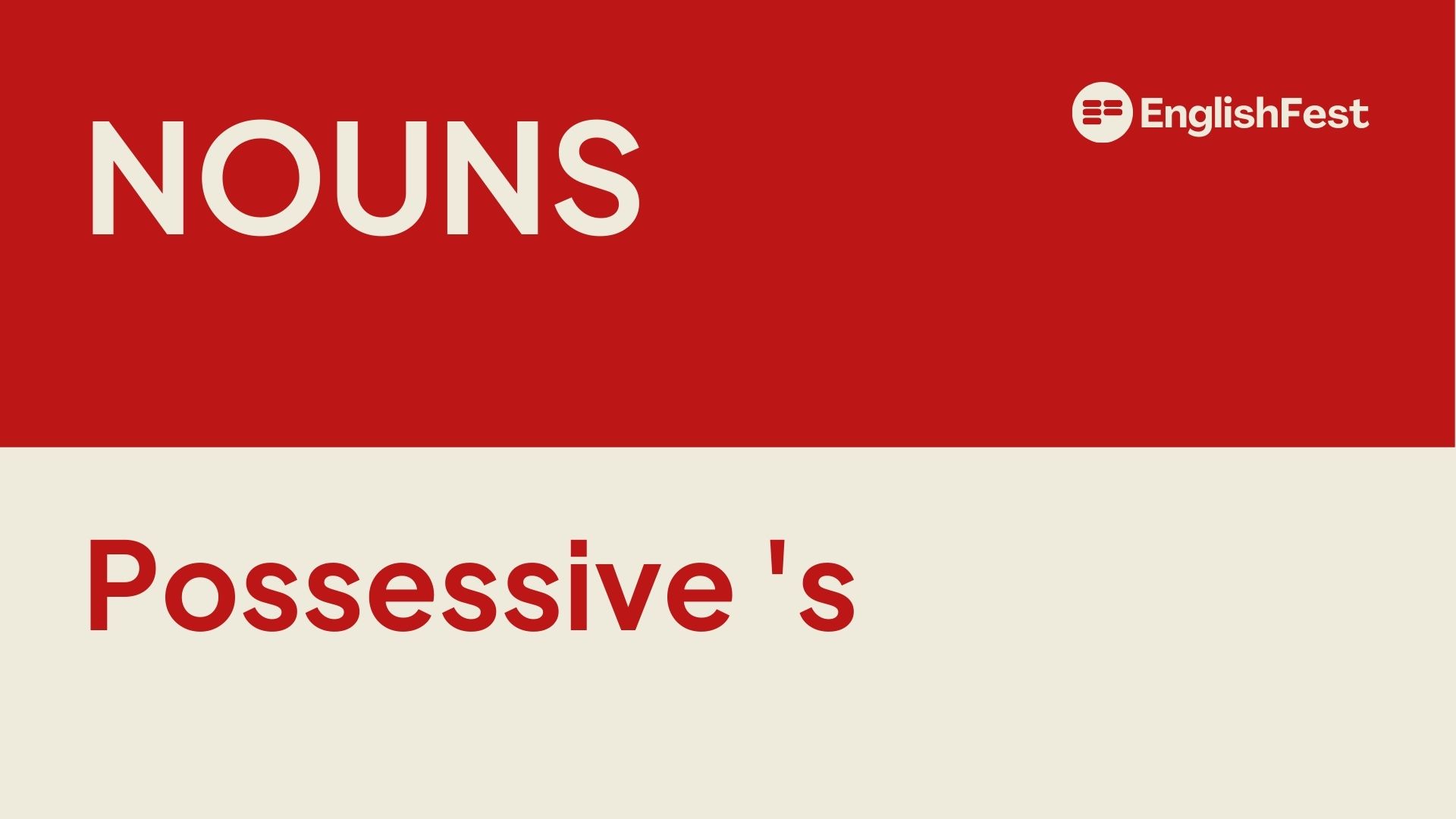
Learning Material |
|---|
There are 9 parts of speech or word classes in English language:
– nouns
– pronouns
– determiners
– verbs
– prepositions
– adjectives
– adverbs
– conjunctions
– interjections
Nouns are a group of words that we use to name:
– people: man, woman, teacher, John, Mary
– animals: cat, rabbit, horse, elephant
– plants: palm tree, coconut trees, grass, wheat, corn
– places: home, office, town, village, England
– concrete objects: chair, table, ball, water, money, sugar
– abstract objects: truth, lies, happiness, sorrow, time, friendship
A noun functions as a subject or an object in a sentence.
Subject:
– John likes coffee.
(‘John’ is a noun.)
– Diamonds are expensive.
(‘Diamonds’ is a noun.)
– Cats are cute.
(‘Cats’ is a noun.)
Object:
– John likes coffee.
(‘Coffee’ is a noun.)
– Jane bought a table.
(‘Table’ is a noun.)
– Tom is a teacher.
(‘Teacher’ is a noun.)
There are 2 types of nouns:
1. Countable nouns (you can count the object individually)
– people
– book
– table
– building
– cat
You can count 1 book, 2 books, 10 books, etc.
You can count 1 person, 2 people, 10 people, etc.
2. Uncountable nouns (you cannot count the object individually)
– sugar
– salt
– water
– friendship
– health
You CANNOT count 1 sugar, 2 sugar, 10 sugar, etc.
You CANNOT count 1 water, 2 water, 10 water, etc.
1. Possessive‘s (‘s) is used to indicate ownership.
Jane has a bag.
That is Jane’s bag.
Indonesia has oil reserves.
Indonesia’s oil reserves are approximately 4.17 billion barrels.
2.Possessive ‘s can be used to indicate relationship among people.
John has a sister. Her name is Laura.
Laura is John’s sister.
John has a colleague. His name is Tim.
Tim is John’s colleague.
3. Possessive ‘s can be used to indicate where someone studies/works/spends time.
Jack goes to that school.
That is Jack’s school.
Jane sleeps in that room.
That is Jane’s room.
4. Possessive ‘s can be used to indicate that something is meant for a group of people.
That is a men’s toilet.
men’s toilet = toilet for men
Those are women’s shoes.
women’s shoes = shoes for women
5. Possessive’s can be used to indicate abstract things of someone or done by someone.
John is a very patient man.
I admire John’s patience.
John’s patience = patience indicated by John
Tom made a lot of mistakes in the report.
We are worried about Tom’s mistakes.
Tom’s mistakes = mistakes made by Tom
6. Possessive ‘s can be used to refer to shops, restaurants, offices by using the name or profession of the owners.
Shall we go to Luigi’s for lunch?
Luigi’s = restaurant owned by Luigi
I have an appointment at the dentist’s at eleven o’clock.
dentist’s = office of the dentist
1. Singular nouns:
singular noun + ‘s
John’s car
Johns car (wrong)
that girl’s room
that girls room (wrong)
2. Plural nouns ending with -s
plural noun ending with -s + ‘
students’ handphones
students’s handphones (wrong)
those girls’ room
those girls’s room (wrong)
3. Plural nouns not ending with -s
plural noun not ending with -s +‘s
men’s clothes
men’ clothes (wrong)
mens’ clothes (wrong)
people’s opinion
people’ opinion (wrong)
peoples’ opinion (wrong)
4. For a person’s name ending with -s, there are 2 options:
– with ‘s
– with ‘ only
Both can be used, but the first option is more common.
– Thomas’s book (correct, more common)
– Thomas’ book (correct)
Possessive ‘s for time periods
today’s newspaper
= newspaper that is published today
last month’s magazine
= magazine that was published last month
a day’s work
= work that takes a day to finish
two days’ work
two days’s work (wrong)
= work that takes two days to finish
a week’s trip
= a trip that takes a week
two weeks’ trip
two weeks’s trip (wrong)
= a trip that takes two weeks
one year’s progress
= progress that happens in a year
two years’ progress
two years’s progress (wrong)
= progress that happens in two years
in a month’s time
= in the next one month
in two months’ time
in two months’s time (wrong)
= in the next two months
Multiple-Choice Quiz |
|---|

Time's up